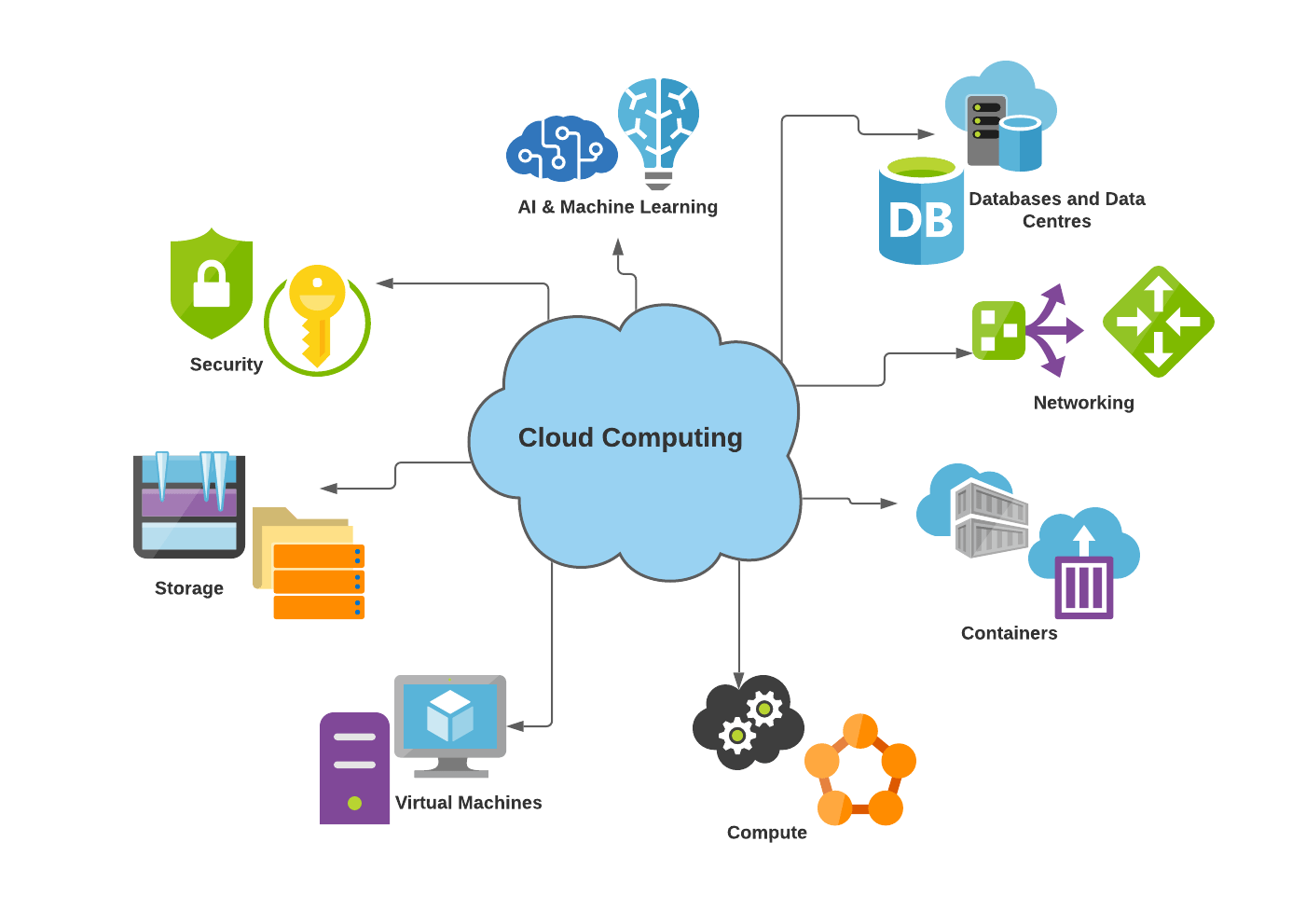LinkDaddy Cloud Services Decoded: Insider Insights into Universal Cloud Service Advancements
Simplify Your Facilities With Cloud Solutions
As organizations navigate the ever-evolving landscape of technology and information monitoring, the function of cloud services in streamlining framework has become increasingly noticeable. The attraction of structured procedures, boosted efficiency, and boosted source allotment through cloud remedies is indisputable. The journey in the direction of a more cost-efficient and active IT infrastructure entails more than simply migrating to the cloud. It calls for a tactical approach and a deep understanding of the subtleties of cloud fostering. Exactly how can businesses successfully browse this shift and absolutely unlock the possibility of cloud services for simplifying their framework?
Benefits of Cloud Solutions
Cloud services provide a structured method to managing IT facilities, giving businesses with scalability, cost-efficiency, and versatility. One of the crucial advantages of cloud solutions is the scalability they use.
In addition, cloud solutions get rid of the demand for services to invest in costly equipment and software program. This cost-efficiency is a significant advantage, especially for tiny to medium-sized business wanting to minimize ahead of time expenses. By utilizing cloud solutions, companies can access top notch IT resources without the substantial cost related to typical facilities setups.
Additionally, cloud solutions provide services with the adaptability to access their data and applications from anywhere with a net link. This level of availability boosts collaboration among groups, enables remote work, and raises total productivity. The versatility offered by cloud services equips organizations to adapt swiftly to transforming market problems and customer needs.
Price Cost Savings and Scalability
Along with the functional benefits highlighted earlier, the combination of cloud solutions into a company's framework produces considerable price financial savings and enhanced scalability. Cloud services provide a pay-as-you-go design, permitting companies to scale sources up or down based upon existing needs, thus preventing the expenses related to preserving excess capability. This versatility allows business to adjust swiftly to rising and fall needs without sustaining unneeded expenses.
Additionally, cloud services get rid of the requirement for ahead of time financial investments in software and hardware, lowering capital expenses. Operating costs are also reduced as firms no much longer require to manage and keep physical servers, causing lower power consumption and IT staffing costs. Furthermore, cloud solutions give automated updates and maintenance, ensuring that the facilities continues to be up-to-date and secure without calling for manual treatments.
Improved Safety Procedures
Implementing stringent security procedures is paramount when integrating cloud solutions right into a business's framework to secure sensitive information and guarantee conformity with industry regulations. Cloud company offer improved protection features such as data security, firewall program security, and multi-factor verification to minimize cybersecurity risks. Security helps secure information both at rest and en route, ensuring that just authorized customers can access delicate information. Firewall programs work as an obstacle in between interior networks and external threats, surveillance and regulating inbound and outgoing network traffic. Multi-factor authentication adds an extra layer of security by requiring users to offer numerous kinds of confirmation prior to accessing the cloud solutions.
Additionally, regular security audits and conformity evaluations assist make sure and determine susceptabilities adherence to market criteria. Companies can additionally benefit from features like computerized safety and security updates and real-time danger surveillance offered by cloud company. By focusing on security actions and staying proactive in attending to possible threats, businesses can confidently leverage cloud services while shielding their useful information from unauthorized accessibility or official source breaches.
Transitioning to Cloud Facilities
To efficiently integrate cloud solutions into a business's framework, a structured technique that deals with the change towards cloud-based services is crucial. Transitioning to cloud facilities entails careful planning and implementation to make certain a smooth movement process. The very first step is to assess the present facilities and establish which systems and applications are ideal for movement to the cloud. This evaluation ought to think about aspects such as information level of sensitivity, conformity requirements, and performance needs.
Once the evaluation is full, a migration strategy must be established. This method needs to detail the timeline, resources, and responsibilities for relocating each component to the cloud. It is crucial to communicate this strategy plainly to all stakeholders to ensure alignment and reduce interruptions throughout the change.
During the migration surveillance, procedure and testing are crucial to determine and deal with any issues without delay. Routine checkpoints must be developed to track progress and make essential changes. In addition, training for workers on making use of cloud solutions should be provided to guarantee a successful transition and make the most of the benefits of the new infrastructure.
Finest Practices for Cloud Fostering
Effective fostering of cloud solutions rests on the strategic alignment of service purposes with technical abilities and organizational preparedness. To ensure a smooth change to the cloud, organizations need to begin by carrying out a detailed analysis of their current facilities and determining which work are best matched for cloud migration. It is essential to entail key stakeholders from various departments in the decision-making procedure to gain buy-in and resolve any type of concerns early on.
An additional best method for cloud fostering is to focus on security and conformity. Organizations needs to very carefully examine the safety and security steps provided by cloud provider and make sure that their check that information is safeguarded according to industry requirements and regulatory demands. Applying durable data encryption, access controls, and normal protection audits can aid mitigate threats related to cloud fostering.

Conclusion

As businesses navigate the ever-evolving landscape of innovation and data management, the role of cloud services in simplifying framework has become progressively popular - cloud services press release. How can organizations effectively browse this shift and genuinely unlock the potential of cloud solutions for streamlining their framework?
Cloud solutions supply a streamlined strategy to managing IT infrastructure, offering companies with flexibility, scalability, and cost-efficiency. By using cloud solutions, services can access high-grade IT sources without the hefty rate tag linked with conventional facilities configurations.
To guarantee a smooth shift to the cloud, organizations should start by carrying out a detailed analysis of their existing framework and determining which workloads are best fit for cloud migration.